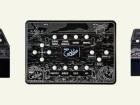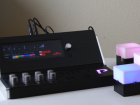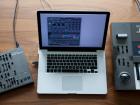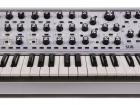5 Synthesizers For Do-It-Yourself Enthusiasts
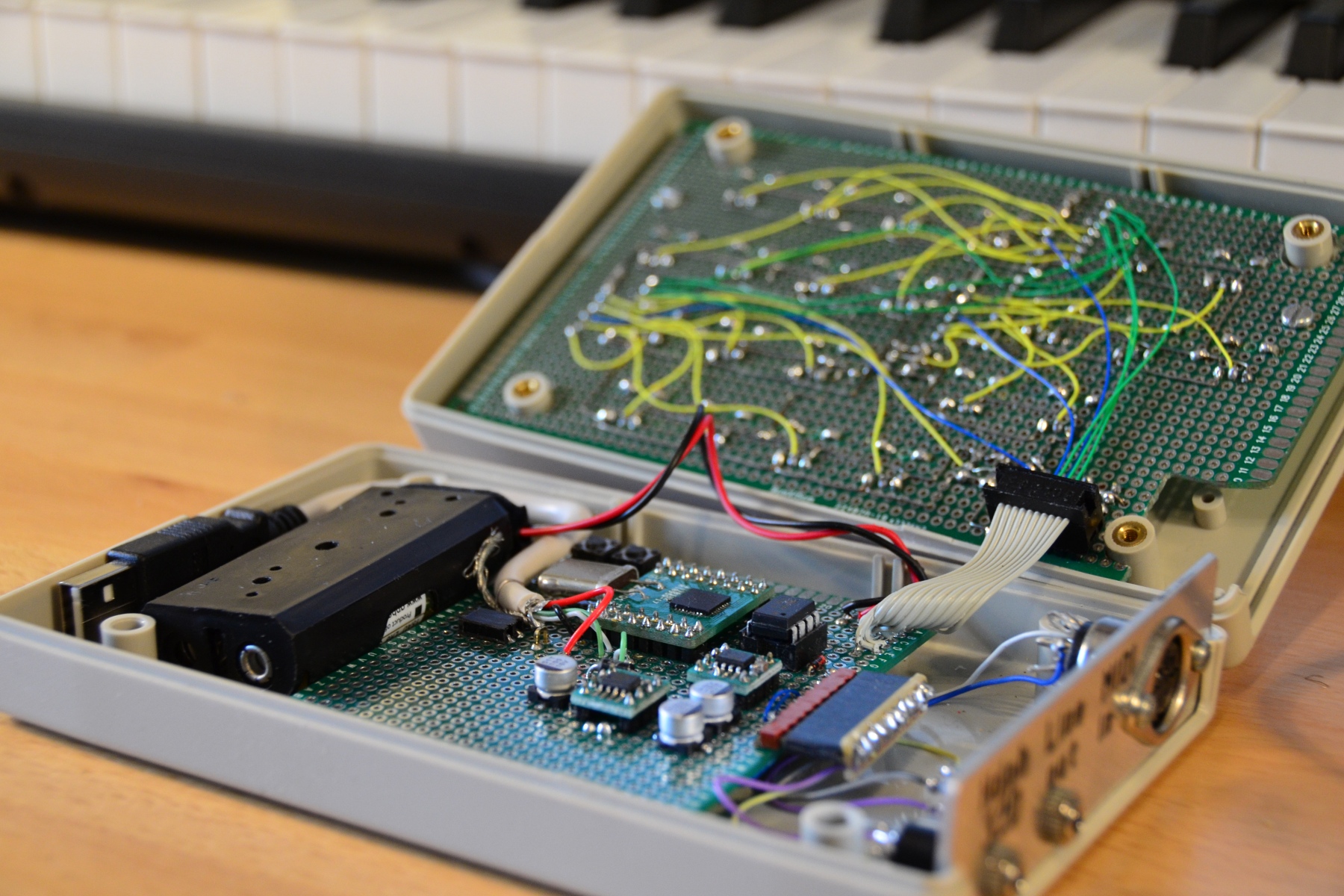
Post date:
Synthesizer enthusiasts know how brilliant these instruments are, but to many people they still seem too complicated or "geeky." This has prompted some manufacturers to create synths that are a little more user friendly and accessible for people who just want to dabble with the instruments. However, if you are on the opposite end of the spectrum and revel in the technicalities of synthesizers, then you can even take things one step further by building your own. While it is certainly possible to build a complete synth from scratch if you have the technical know-how, there are also a number of do-it-yourself kits available on the market. Here are just a few of the options available for enthusiasts who want to go beyond simply playing on a synth.
Mutable Instruments Shruthi 1
Website: https://mutable-instruments.net/archive/shruthi/build/
If you are interested in building your own hybrid monophonic desktop synth module, then one of your first choices should be the Mutable Instruments Shruthi 1, depending on your technical skills of course. All of the needed parts to build your own Shruthi can be purchased or created yourself and the official website contains all the information you need to do so, or even hack the firmware of the instrument. What makes the Shruthi unique is that it is made up of a control board to handle the digital section and a filter board for the analog stuff, so you get the best of both worlds. All the information you need for this project is published online under a Creative Commons license.
Goom
Website: https://www.quinapalus.com/goom.html
With Goom you are able to build your own digital music synthesizer that emulates the traditional analogue synthesizer architecture. To create your own Goom, you need an NXP LPC 1343 microcontroller and everything can be controlled using a MIDI interface. The micro-controller can typically be purchased for quite cheap and the only other significant components are the audio DAC and optocoupler. Any extra cash you have can be used to make the synth look nicer by adding features such as an analogue front panel. Check out the official website for more information about creating your own GOOM.
Otto
Website: https://github.com/topisani/OTTO
OTTO is an interesting DIY synth project as it is not quite ready yet, but you can become involved if you have any experience in stuff like hardware bridging, synth/effect design, UI design and software testing. The group working on OTTO aims for it to be a complete hardware and software solution that has synths, sequencers, effects, studio modules and a sampler. There's no denying the fact that it is heavily inspired by the OP-1, but what sets OTTO apart is that both hardware and software will be open source. It can be built in a lot of different ways, depending on your skills, but basically consists of a Rpi3, screen, DAC, encoders and buttons or keys. Check out the official github for more information or go hang out in the discord server to learn more about OTTO (https://discord.gg/4cV9Ucz).
PreenFM2
Website: http://ixox.fr/preenfm2/
The PreenFM2 website describes it as "old FM synthesis in a small open-source modern DIY box" which is pretty accurate. While it can be bought in pre-built format, the PreenFM2 is also available in kit form for those who would like to assemble it themselves. In addition to being very compact and sporting all the regular FM Synth features, PreenFM2 also has four independent instruments, up to 14 voices of polyphony, and an open-source preset editor that is compatible with Mac, Linus, as well as Windows systems. The whole thing should take you about two to three hours to build, so check out the official website for the materials and instructions if you are keen.
LushOne
Website: http://lushprojects.com/lushone/
For those who are comfortable assembling something that has a high component count there is the LushOne. The creators of LushOne recommend some experience in building electronics before attempting to put together this synth, but it is straightforward enough if you have some know-how. The inspiration behind the LushOne kit was to get users started with modular synths without having to spend a fortune. The result is a single board design that can deliver all of the core functions of a modular synthseizer without the associated cost. You can control the LushOne using either a MIDI keyboard or PC interface, but it is also flexible enough to interface with alternative controllers if you are feeling creative.
Conclusion
The price of synthesizers have dropped a lot thanks to the availability of modern versions of classic instruments, but these do-it-yourself projects can still be a lot of fun if you have some time on your hands. Let us know in the comments or on the forum whether you have ever tried building your own synthesizer and how the project turned out.
